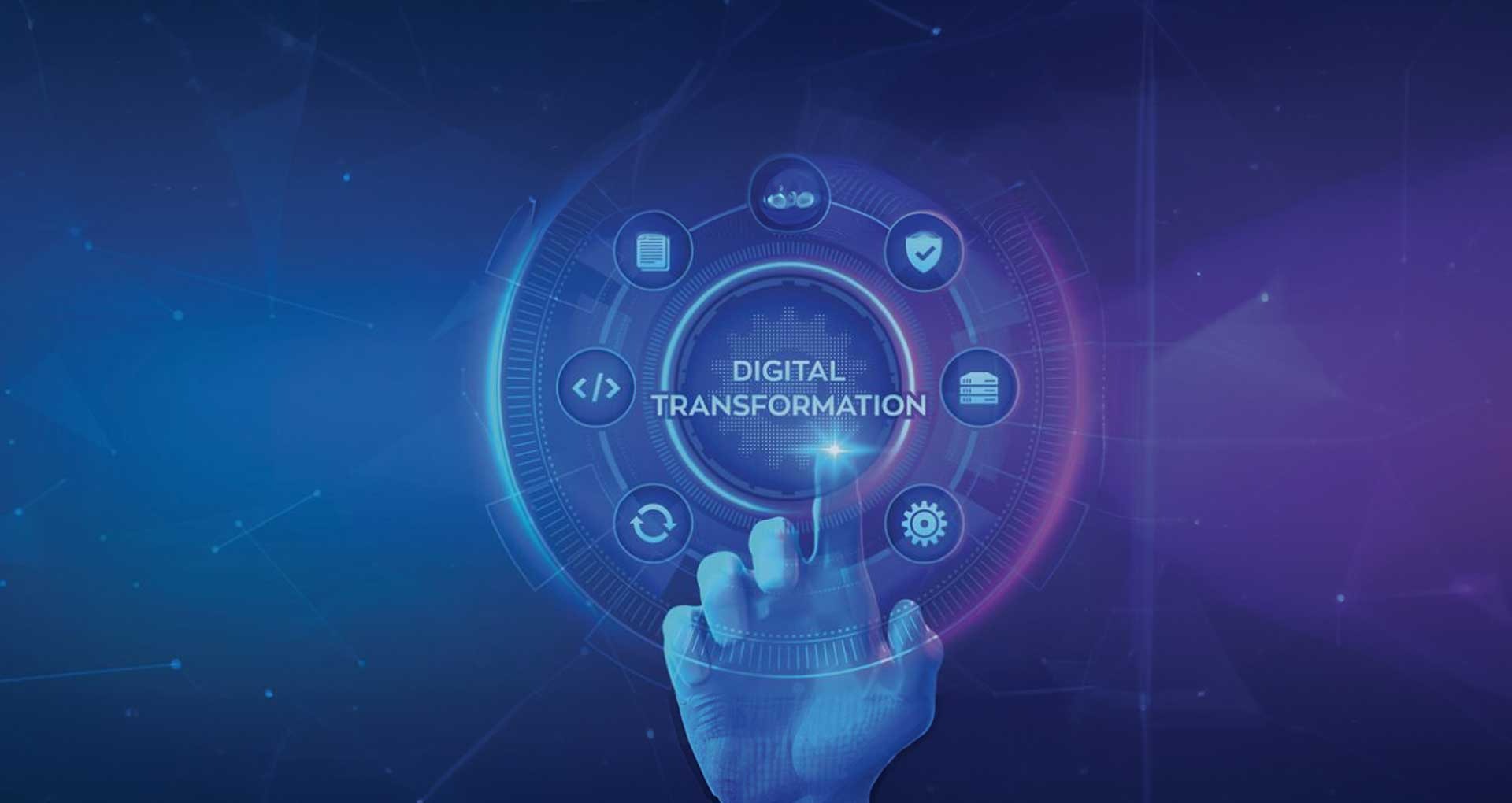In today's technology-driven world, software has become the backbone of innovation, efficiency, and problem-solving. From simple mobile apps to complex enterprise systems, software solutions are reshaping how we work, communicate, and live.

Why Software Matters
Software bridges the gap between human needs and technological capabilities by:
-
Automating repetitive tasks to boost productivity
-
Enabling seamless communication across distances
-
Providing data-driven insights for better decision-making
-
Creating personalized user experiences
-
Solving complex problems through computational power
Types of Software Solutions
-
Productivity Software
-
Office suites (Microsoft 365, Google Workspace)
-
Project management tools (Asana, Trello)
-
Collaboration platforms (Slack, Microsoft Teams)
-
-
Business Applications
-
CRM systems (Salesforce, HubSpot)
-
Accounting software (QuickBooks, Xero)
-
Inventory management solutions
-
-
Specialized Industry Software
-
Healthcare: Electronic Medical Records (EMR) systems
-
Education: Learning Management Systems (LMS)
-
Manufacturing: CAD/CAM and ERP solutions
-
-
Emerging Technologies
-
AI-powered analytics tools
-
Blockchain applications
-
Internet of Things (IoT) platforms
-
Choosing the Right Software
Selecting effective software requires careful consideration of:
-
Specific Needs: Identify the exact problems you need to solve
-
User Experience: Intuitive interfaces reduce training time
-
Integration Capabilities: Ensure compatibility with existing systems
-
Security Features: Protect sensitive data and operations
-
Scalability: Choose solutions that can grow with your needs
Implementation Best Practices
-
Start with a pilot program before full deployment
-
Invest in proper training for all users
-
Establish clear usage guidelines and protocols
-
Monitor performance and gather user feedback
-
Keep software updated for security and functionality
The Future of Software
Software development continues to evolve with:
-
Increased artificial intelligence integration
-
More intuitive natural language interfaces
-
Growth of low-code/no-code platforms
-
Enhanced focus on cybersecurity measures
Conclusion
Software has transformed from a specialized tool to a fundamental component of modern life. By understanding software capabilities and making informed choices, businesses and individuals can harness its power to solve problems, increase efficiency, and create new opportunities. The key to success lies in selecting the right solutions for your specific needs and implementing them effectively to maximize their potential.
As technology continues to advance, software will play an even greater role in shaping our future - making digital literacy and smart software adoption essential skills for everyone in the 21st century.





